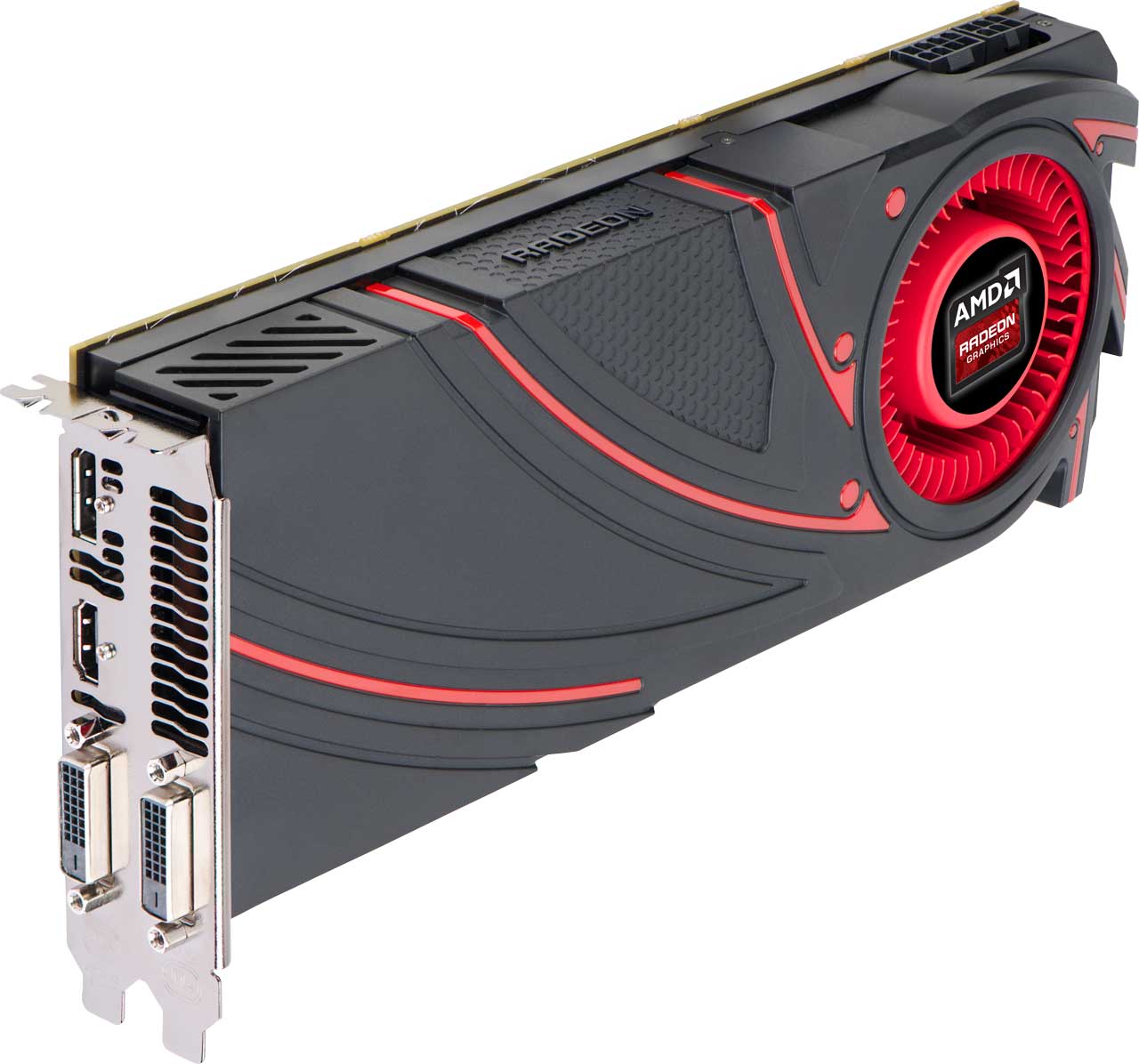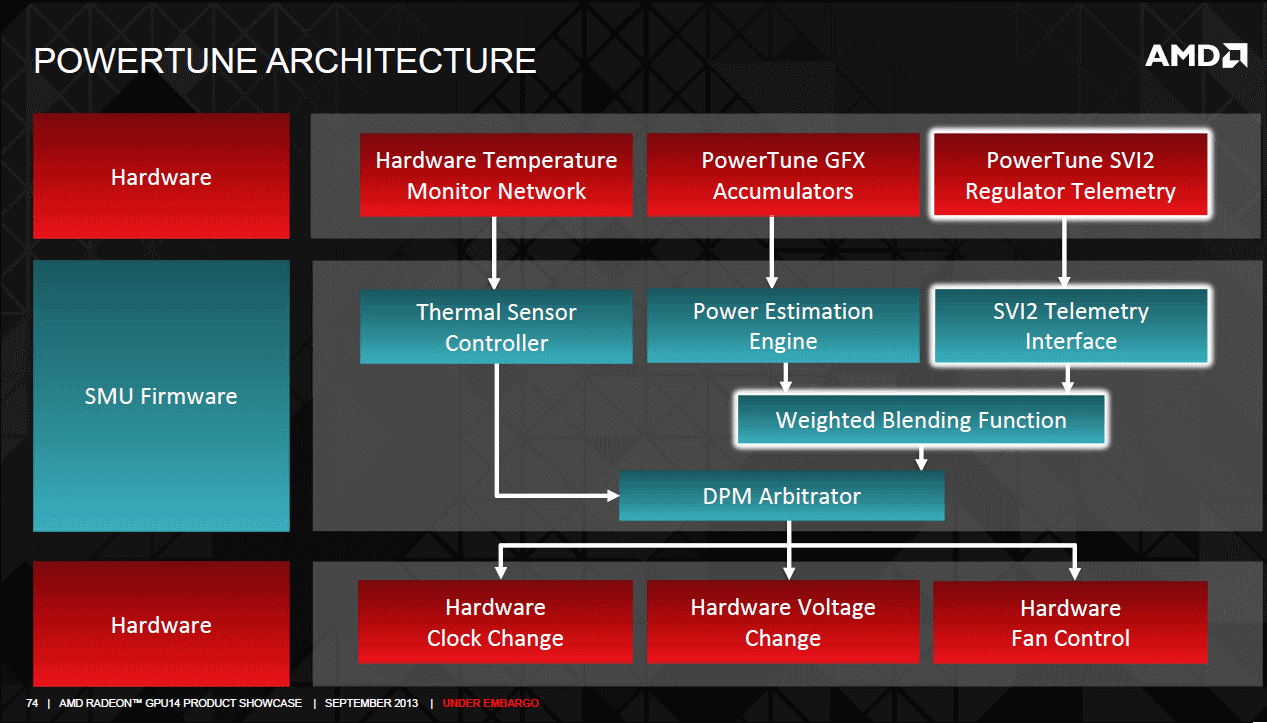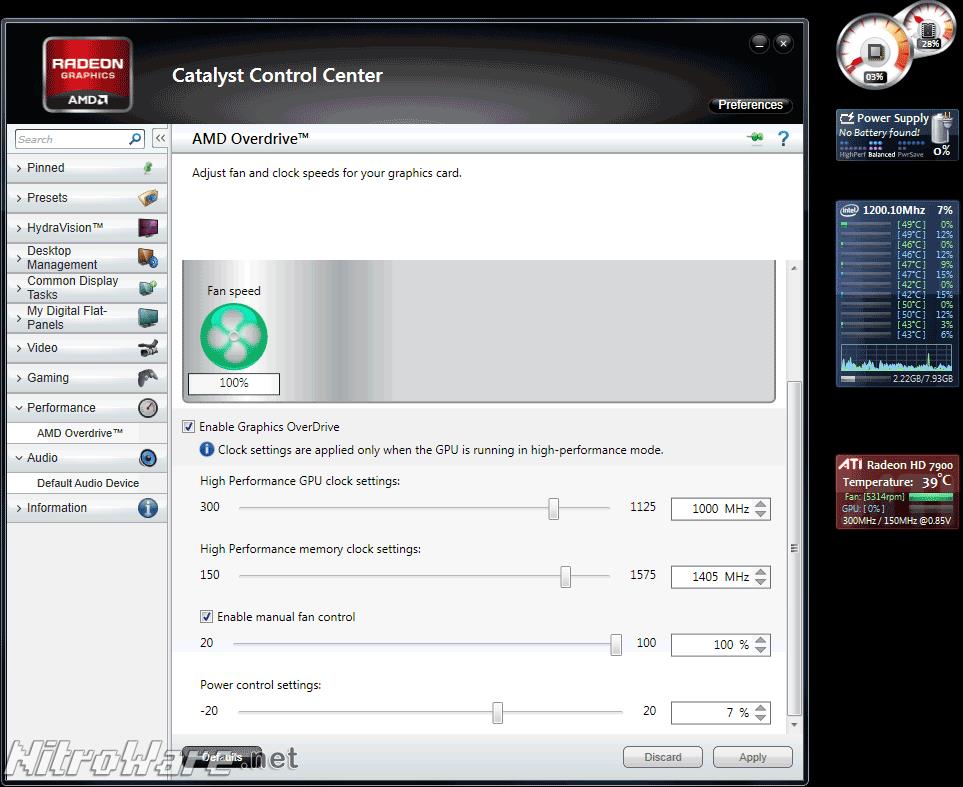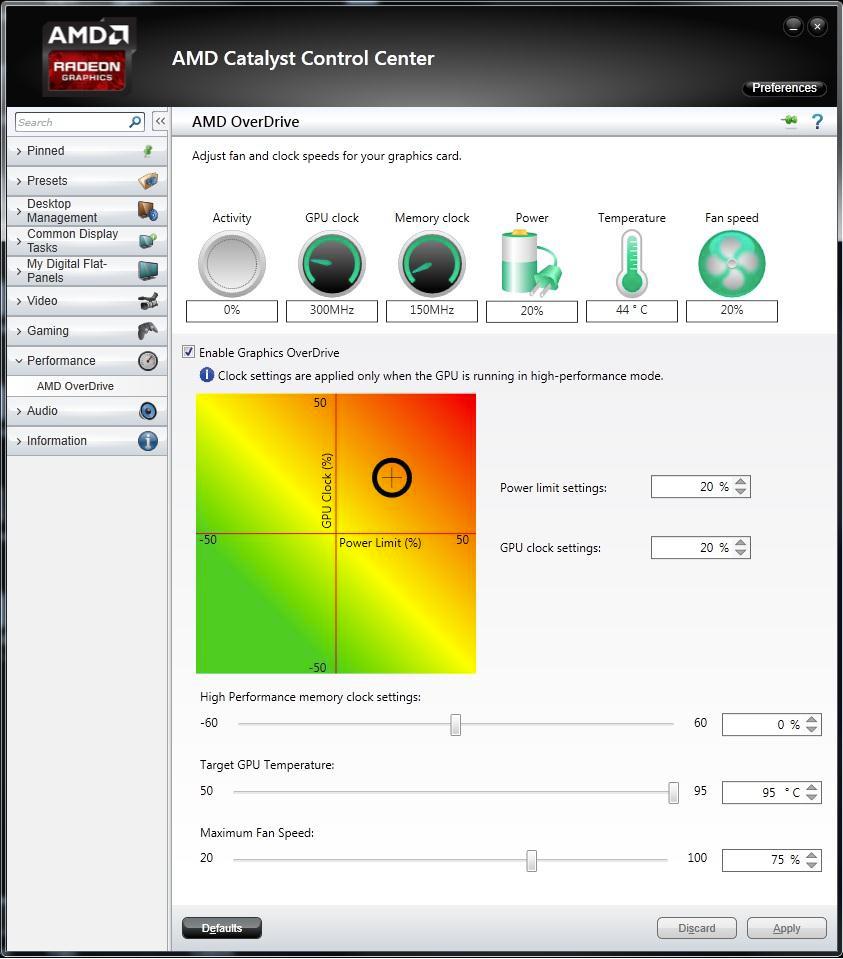Radeon R9 290X - AMD's single GPU powered flagship video card
In this launch article we are only focusing on the 290X. The lower spec 290 is soon to follow. In the product stack relative to southern islands, the 290X and 290 take the spots of the HD 7970 and 7950 once held.
Based on prior Radeon generations, It is likely that sometime in the future a third 290 series member will be introduced based on the yields of the GPUs themselves and to fill price/performance gaps in the top to bottom GPU line-up.
The tricky part here when describing the 290X is that it is not a direct replacement for the 7970 but a successor. 7970 continues in the existing 7970, 7970 GHz edition and in refreshed form as the R9 280X.
AMD have reorganised is product stack the same way it did during 2010-2011 when it introduced its Radeon HD6900 Cayman parts, introducing new flagship cards and cascading down the previous flagships in refreshed form to the affordable mainstream-performance segment.
NVIDIA also has taken this approach for its GeForce 700 series, cascading down its once flagship GK104 'Kepler' core to more affordable cards and or boosting its capabilities, with the GK110 based Kepler parts such as the TITAN taking over flagship duties.
Comparing specs, we will not be contrasting the 7970 GHz edition with the 290X, but comparing the original HD 7970 as it was originally available in January 2012 with the new 290X, going from generation to generation.
The highlights of the 290X are:
- New version of Graphics Core Next GPU
- 4GB memory for optimal 4K gaming
- Increased performance at 4K with 1.4x shader cores and 2x the Render Back ends
- Updated bridgeless, Crossfire over PCI BUS allowing for better card position/cooling
- Updated Eyefinity, supporting 3 HDMI/DVI Displays + 1 DisplayPort over 2+1 on 7970
- AMD TrueAudio technology
- Enhanced Overdrive and PowerTune controls for tweaking and overclocking
- Updated styling
Board Specs
|
|
Radeon HD 7970 “Tahiti” |
Radeon R9 290X “Hawaii” |
Increase |
|---|---|---|---|
|
Processors |
2048 |
2816 |
1.38x |
|
Core Speed |
925 MHz |
850 MHz Base,Up to 1 GHz Boost |
|
|
Memory Size |
3GB GDDR5 |
4GB GDDR5 |
1.2x |
|
Theoretical Compute |
3.5 Teraflops(launch) |
5.6 Teraflops |
1.6x |
|
Multi GPU |
4 cards via Bridge |
4 via PCI Express 3.0 bus |
|
|
Displays |
Eyefinity ‘2.0’: * 2x mini DisplayPort 1.2 HBR2 |
Eyefinity ‘3.0’: |
|
|
Transistor Count |
4.3billion |
6.2billion |
1.44x |
|
Board Power |
225 Watts, 1x8pin + 1x6pin Power |
300 Watts, 1x8pin + 1x6pin Power |
1.33x |
|
Tuning |
ZeroCore |
ZeroCore |
|
|
Video and Audio |
AMD VCE and UVD |
AMD VCE and UVD |
|
|
API Support at launch |
DirectX 11.1 |
DirectX 11.2 |
|
|
Launch Date |
22nd December 2011 |
24th October 2013 |
|
|
General Availability |
January 2012 |
November 2013 |
|
|
Price |
US$550 MSRP |
AU $699 RRP |
|
Performance, Thermal and Acoustic tuning
AMD are not disclosing base clock speeds and emphasing turbo speeds only this generation. There are some technical merits for this with the way boost/turbo works, but we feel this number should have been disclosed as AMD does with its CPUs and NVIDIA does with its GPUs
Hawaii based 290s see the continued use of the hardware toggle switch to switch between BIOS profiles.
BIOS profile 1 is ‘quiet’ for everyday use. BIOS profile 2 is ‘uber’ and provides more aggressive boost and limiters. AMD recommends this mode for users who do not require quieter computing or for Crossfire.
A reboot is needed to switch. It may have been time to allow profile switching on the fly in the way a motherboard BIOS could be tuned.
One of the concerns of the Tahiti HD7900 cards was the acoustics of the reference cooler fan which AMD claim to have addressed. Thermal wise 290X sports a new design ID for the heat sink but we suspect little has changed since the “6th generation vapour chamber” cooler the original HD 7970 used.
AMD designed the faster 7970 GHz edition for a typical design power of 250 watts and a peak design power of 300 watts. This experience leads to the thermal design for the 300W 290X.
Acoustics and Thermals are addressed through overhauled Overdrive and Powertune controls, which provide too much control even for advanced users. Sliders or knobs should have been the way to go not a infinitely variable XY Map

The old way of tweakng AMD's Powertune controls was simply clockspeeds, fan speed and a power limit slider, as shown from our Janurary 2012 launch review of Radeon HD 7970
This generation, the fan speed slider sets the maximum fan speed not a constant fan speed ensuring quieter operation when possible.
AMD’s Powertune manifesto guiding the new feature:
- Leave No watt Unused
- Produce No Unnecessary Noise
- Allow Complete Customisation
- Maximise The Potential
‘Next Generation’ Powetune is able to switch voltages for 290X, 260X and FM2 CPUs in around 10 microseconds and with 255 steps between 0 and 1.55V

